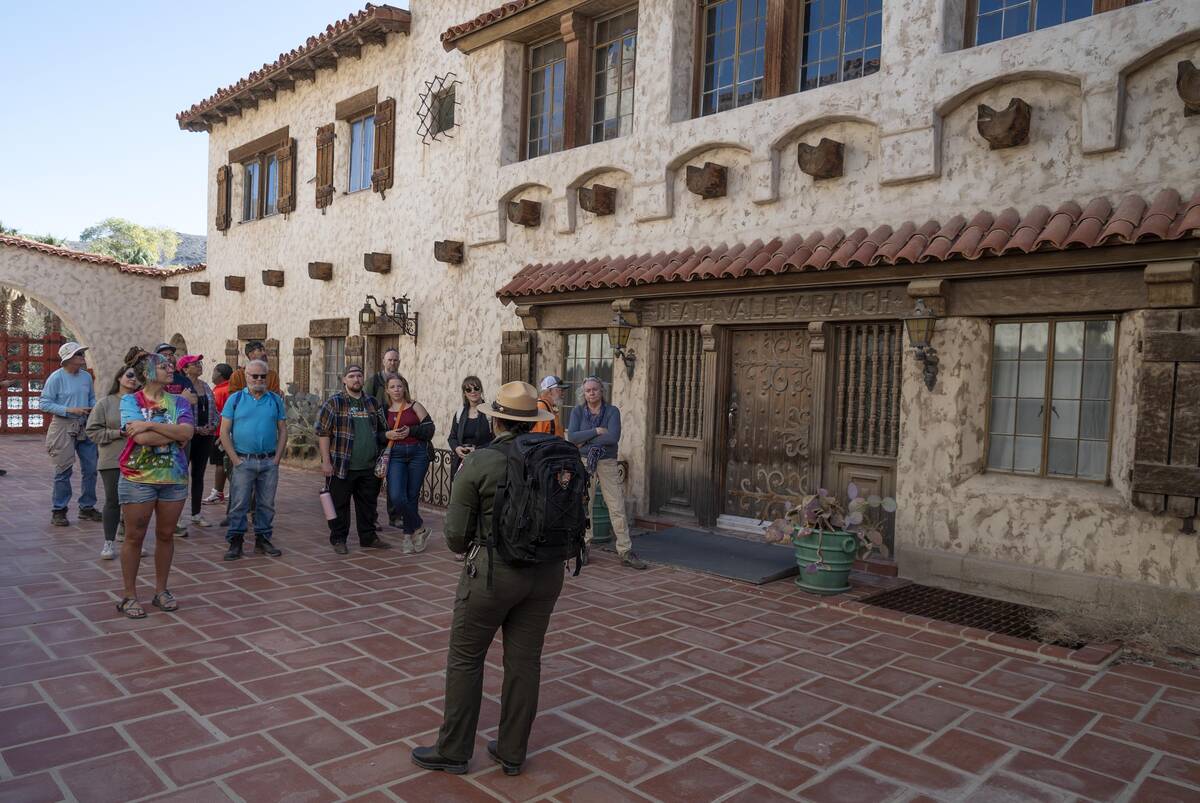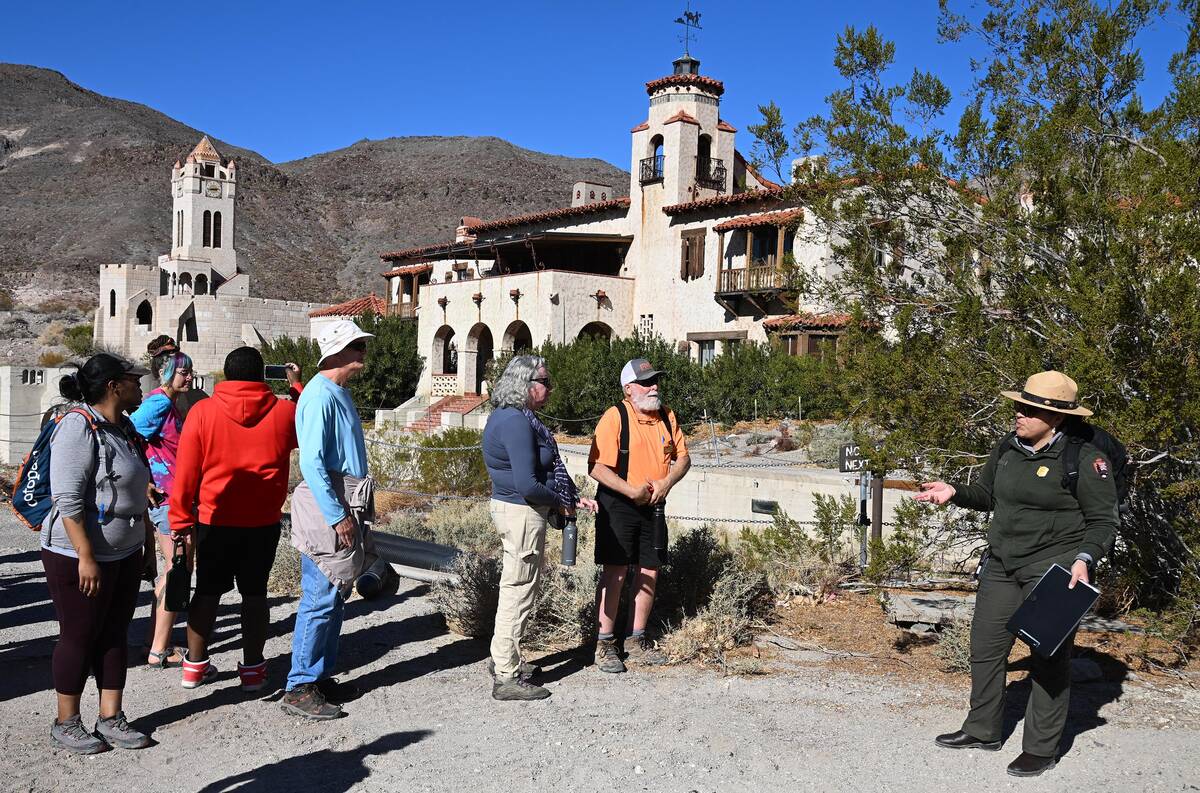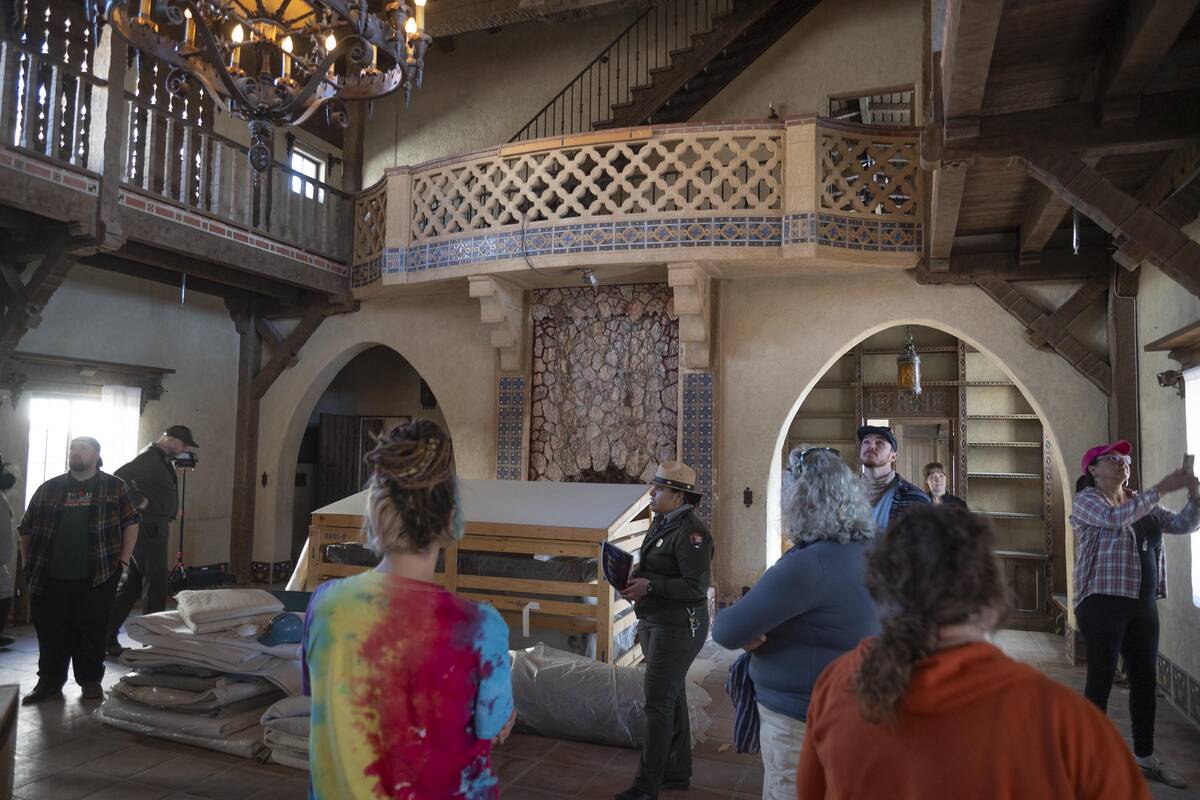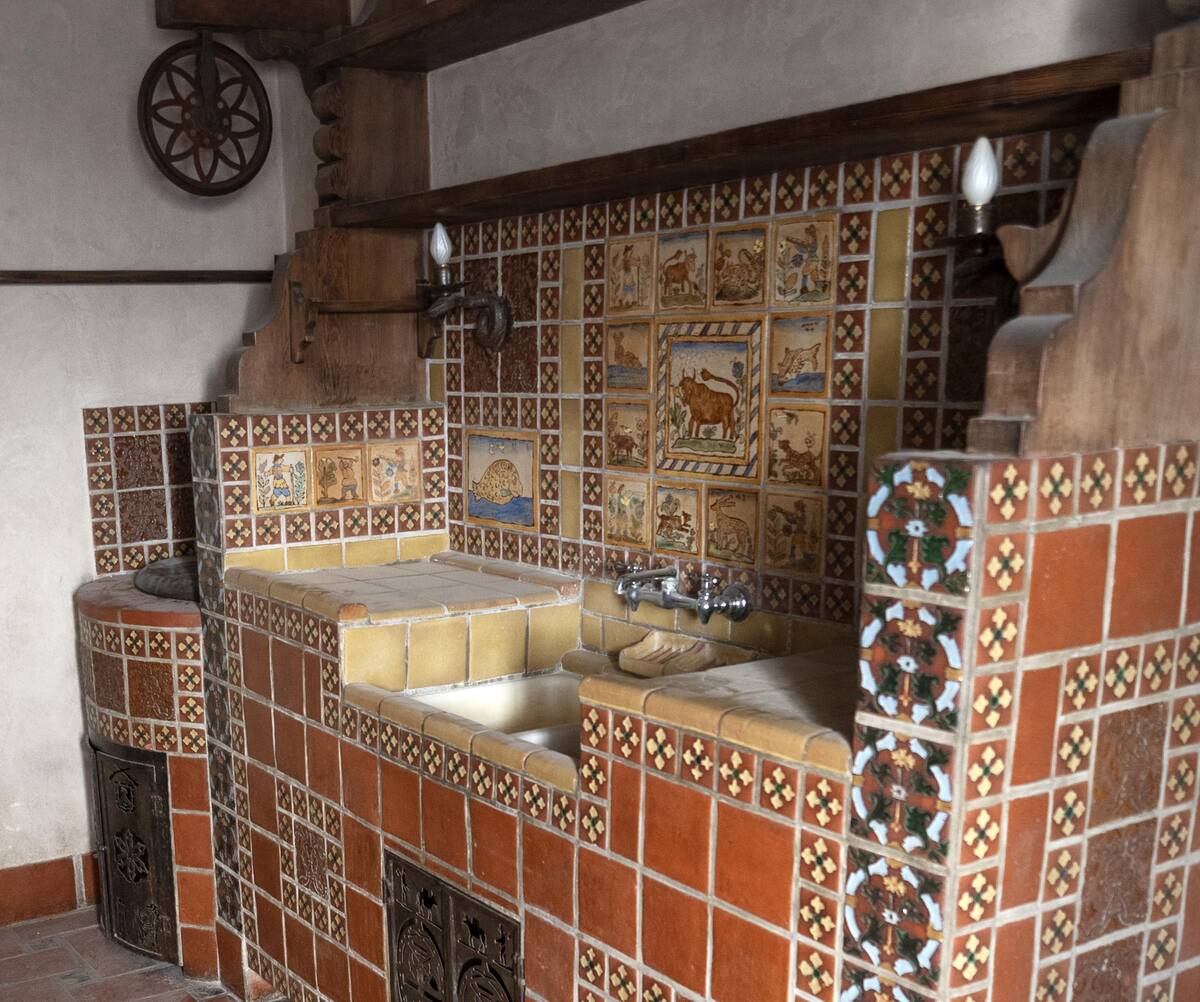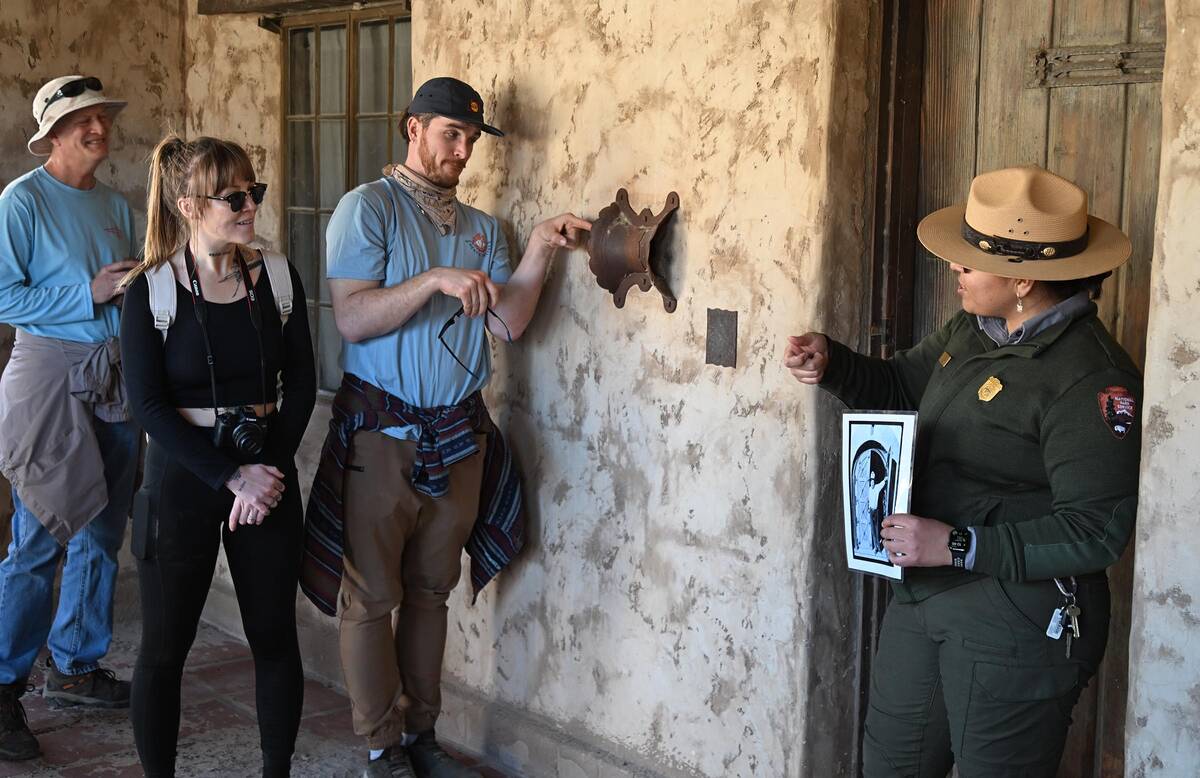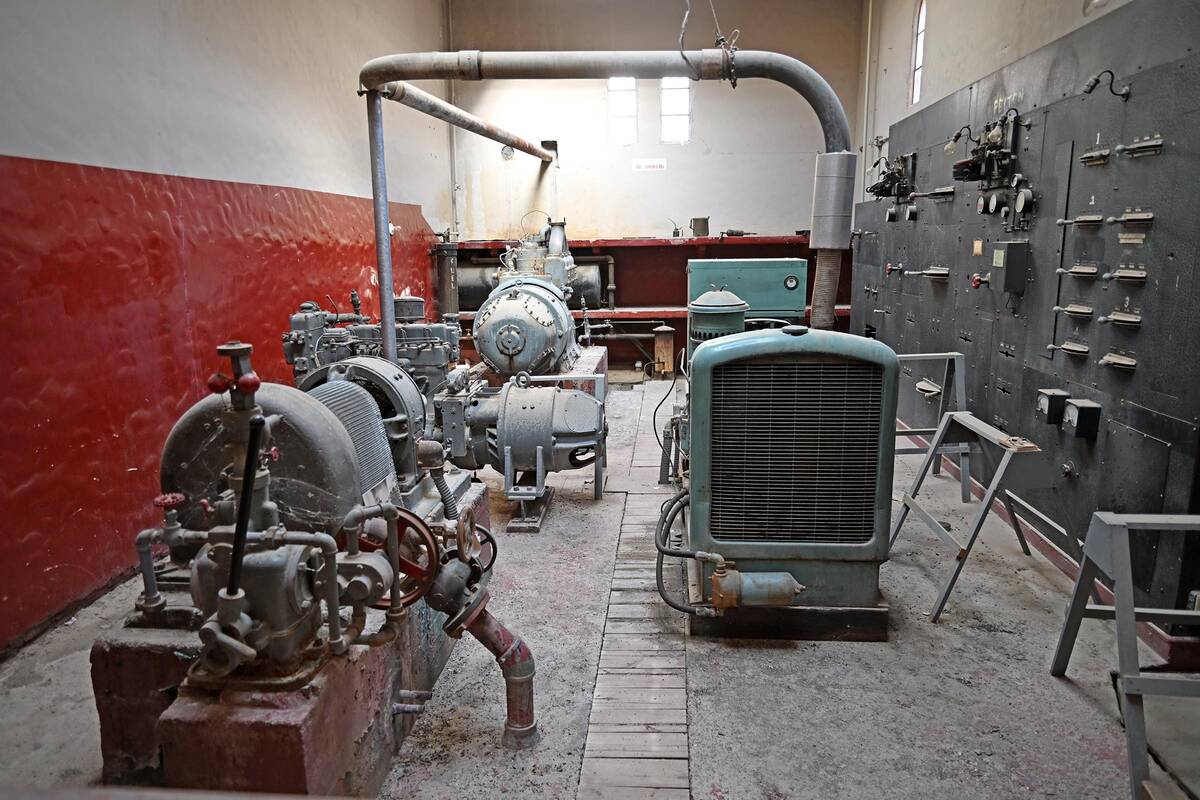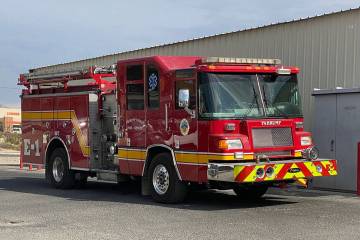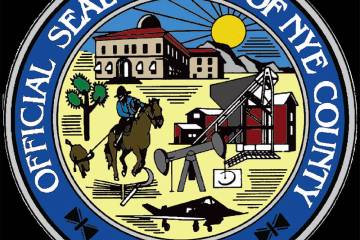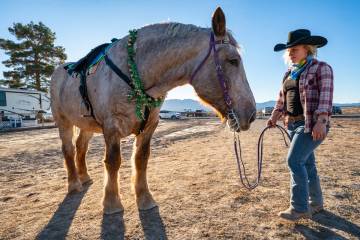Restoring a desert treasure
Scotty’s Castle, one of the most visited attractions in Death Valley National Park, stands as a luxurious monument to an unlikely friendship between a pair of devout evangelical Christians and one of America’s greatest con artists.
Public tours of the Castle ended after the night of October 18, 2015, when a powerful storm dumped nearly a whole year’s worth of rain on Grapevine Canyon in five hours. It is estimated that 1,436,260 gallons of water per minute raced through the canyon.
A ranger who witnessed the flash flood described it as a wall of water twenty feet across and four feet high traveling at ten feet per second barreling down on the property. Damage to the Castle itself, though significant, was nothing compared to the destruction wrought on outlying structures, and on water, plumbing, electrical, and HVAC infrastructures. The former garage, which had been repurposed as a visitor center, was filled with four feet of mud.
Bonnie Claire Road, which provides access to the Castle, was totally destroyed in both directions, for a total of about eight miles.
Altogether the storm was estimated to have caused some $66 million in damage.
The National Park Service, with help from other agencies, such as the Federal Highway Administration, has been working since the flood to restore the property.
The non-profit Death Valley Natural History Association has helped with funding for the preservation or replication of historic curtains in the main house and with the repair and restoration of the music room’s pipe organ, which had been functioning well, right up until the moment the power went out. Unlike while the Castle was open for tours, the Association has been able to take the organ apart, ship for repairs, and reassemble in the same condition as when it was originally installed all those years ago.
Restoration delays
Projected completion dates have been pushed back again and again by unexpected setbacks.
One hindrance to the work was the unprecedented frequency of major flooding events in the park. The October 2015 storm was categorized as a “1,000-year storm” by the National Weather Service, something that statistically has a 0.1% chance of occurring in any year, and yet there have been two more since then.
The deluge on August 5, 2022 is historically the “rainiest day” ever recorded at the Furnace Creek weather station. A year later, remnants of Hurricane Hillary caused major road damage throughout the park. Bonnie Claire Road, which has been repaired and armored, and Death Valley Ranch (of which the Castle is part), which has had flood-control berms and walls added, survived those events, but resources had to be diverted to make park-wide repairs.
And COVID came. People weren’t traveling, which meant less money from visitor fees, which were slated to provide one-third of the recovery funds. Supply chains were interrupted, causing shipment delays of parts and hardware. Inflation increased.
Then, while the Castle was closed, mice moved in to nest and nibble, one of the reasons some 100,000 items were removed from the Castle and put into climate-controlled storage.
Among all this, the visitor center caught fire and burned to the ground on April 22, 2021.
“It has just been one thing after another,” National Park Service Ranger Gia Ponce lamented while conducting a tour for employees from Death Valley’s Stovepipe Wells Village. Dramatically crossing her fingers on both hands, she predicted, “We are hoping to have it back open by late 2026.”
Con man
Scotty’s Castle’s name alludes to Walter Scott, also known as Death Valley Scotty, one of America’s most colorful public figures. Scotty ran away from home as a boy, taking on early work as a cowhand and other jobs, including a reported short stint as a “swamper” for the twenty-mule teams of Harmony Borax Works, riding as an assistant to work the hand brake while crossing the hilly downslopes of Death Valley.
As a teenager, Scotty was recruited as a stunt rider cowboy in Buffalo Bill Cody’s Wild West Show, where he likely learned the art of promotion from Cody’s publicist, “Major” John Burke, over the course of twelve seasons.
Before Scotty was fired by Cody for failing to show up for rehearsals and a parade, he and his new wife, Ella, spent the last two off-seasons in Colorado, where Scotty worked in mining. It was there that Ella was gifted with a couple of rich ore samples that Scotty later used to convince his first con victim that he had a gold mine in Death Valley and needed a grubstake partner to finance its development.
Scotty worked the myth of his gold mine for years and one of his con victims was a Chicago insurance magnate named Albert Johnson.
Johnson asked Scotty many times to show him the mine, and after Scotty ran out of excuses that Johnson would accept (too hot, dangerous critters), he traveled west and soon discovered that he was healthier and happier having desert adventures than in his office in Chicago, so he decided to build a vacation home, which he named Death Valley Ranch.
Castle construction
The Johnsons, now close friends with Scotty, included him in the plans for their desert home. They built a bedroom for Scotty in the Castle, but it was only for show. The Castle was too fancy for Scotty’s cowboy taste, so they built a more modest residence for him a few miles away.
Opening the Castle to visitors, the Johnsons were happy to have Scotty entertain guests with his wild tales, going along with Scotty talking about “his” castle, with him dressing like a millionaire and the Johnsons dressing like hired help. Ranger Ponce said, “When visitors asked Albert who he was, he’d say he was Scotty’s accountant.”
They even built some phony props into the castle to go along with Scotty’s story that his gold mine was under the Castle, and that the entrance to the mine was under his bed.
One of these props was in the kitchen, a fancy pulley wheel above a well-like tiled structure near the sink. Scotty told visitors that he used the pulley to hoist gold up from his mine below. Really, the opening was used to drop garbage into an incinerator in the basement. When visitors asked about clanging noises coming from below, Scotty would say that it was his miners at work, but, said Ranger Ponce, “it was only ranch hands beating on pots and pans.”
Another example of Scotty’s showmanship was the “shot splitter” next to his bedroom door. This was supposedly to take down pairs of robbers trying to get his gold. He claimed he could shoot his shotgun into the splitter and the shot would hit both the robber at the door and the one at the window.
Scotty slept in his bedroom at the Castle in his last days. Both of the Johnsons had passed on, with Albert leaving the estate to the Gospel Foundation, a non-profit he formed that, among other things, was charged with taking care of Scotty.
Death Valley Scotty is buried atop a hill behind the Castle that bears his name. On his memorial are the four things he claimed to live by: “Don’t say nothin’ that will hurt anybody. Don’t give advice — nobody will take it anyway. Don’t complain. Don’t explain.”
A hopeful future
Death Valley Natural History Association’s executive director, David Blacker, feels more certain than ever that the Fall 2026 reopening is in sight. “One of the things we’re most looking forward to is hearing the organ played at the grand reopening in a way it hasn’t been since it was originally installed.”
Death Valley Natural History Association’s flood recovery tours are sold out, thanks to heightened interest. Ticket sale money from the tours is used to help fund the ongoing recovery work. Says Blacker, “Whenever the Park Service launches a long project like this, the finished product is always better than what we originally had.”
Interested in being part of this effort? Visit the Death Valley Natural History Association’s website at DVNHA.org to view videos of the progress and restoration challenges, book a tour (once more dates are available) and to donate.
Richard Stephens is a free-lance reporter living in Beatty.
A deluge of destruction
Oct. 18, 2015: storm dumps nearly 3 inches of rain in 5 hours
April 22, 2021: visitor center burns
Aug. 5, 2022: rainiest day ever recorded at Furnace Creek weather station
Aug. 22, 2023: remnants of Hurricane Hillary cause major road damage throughout the park


